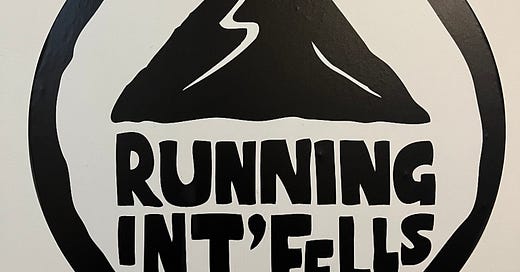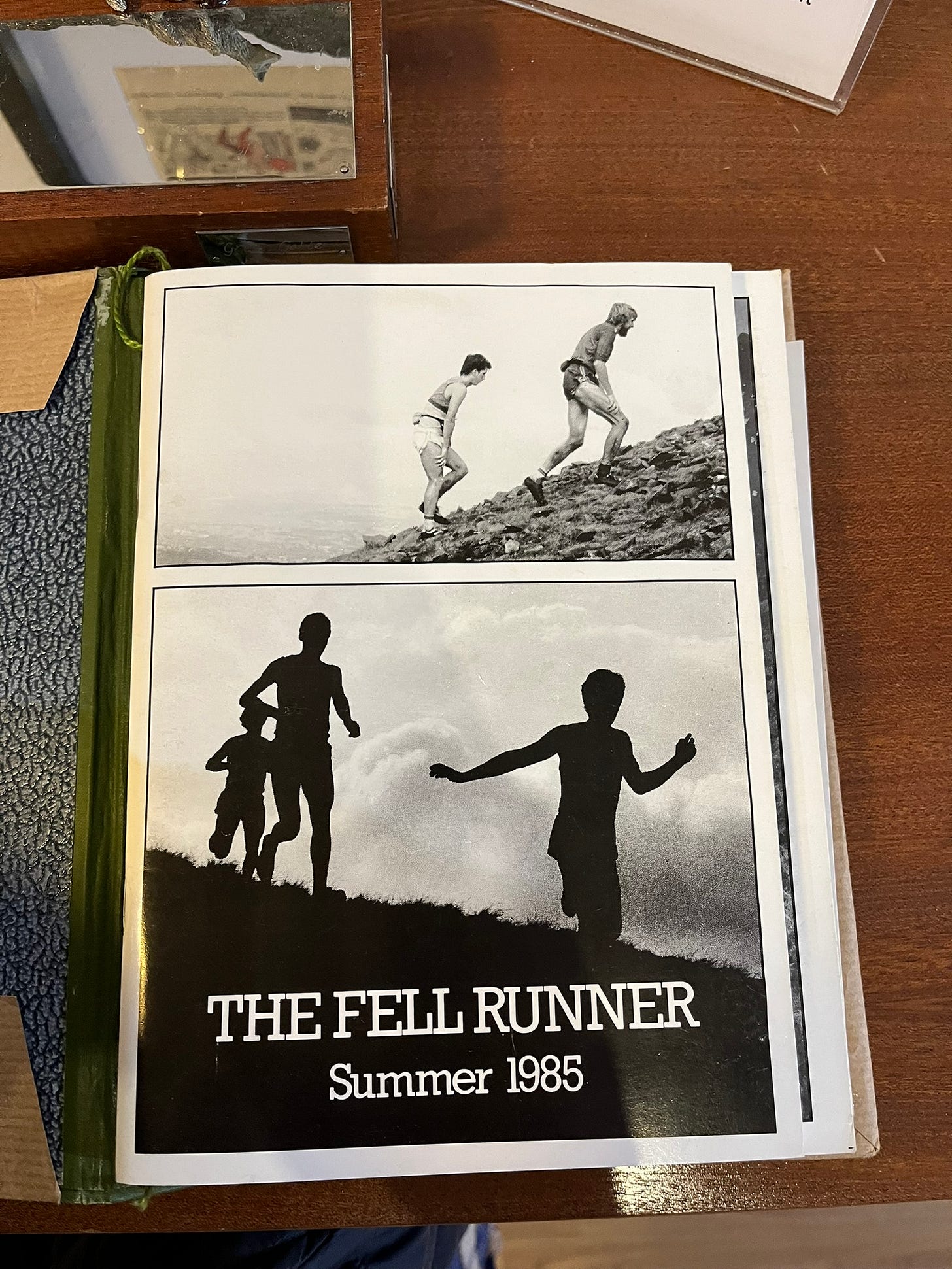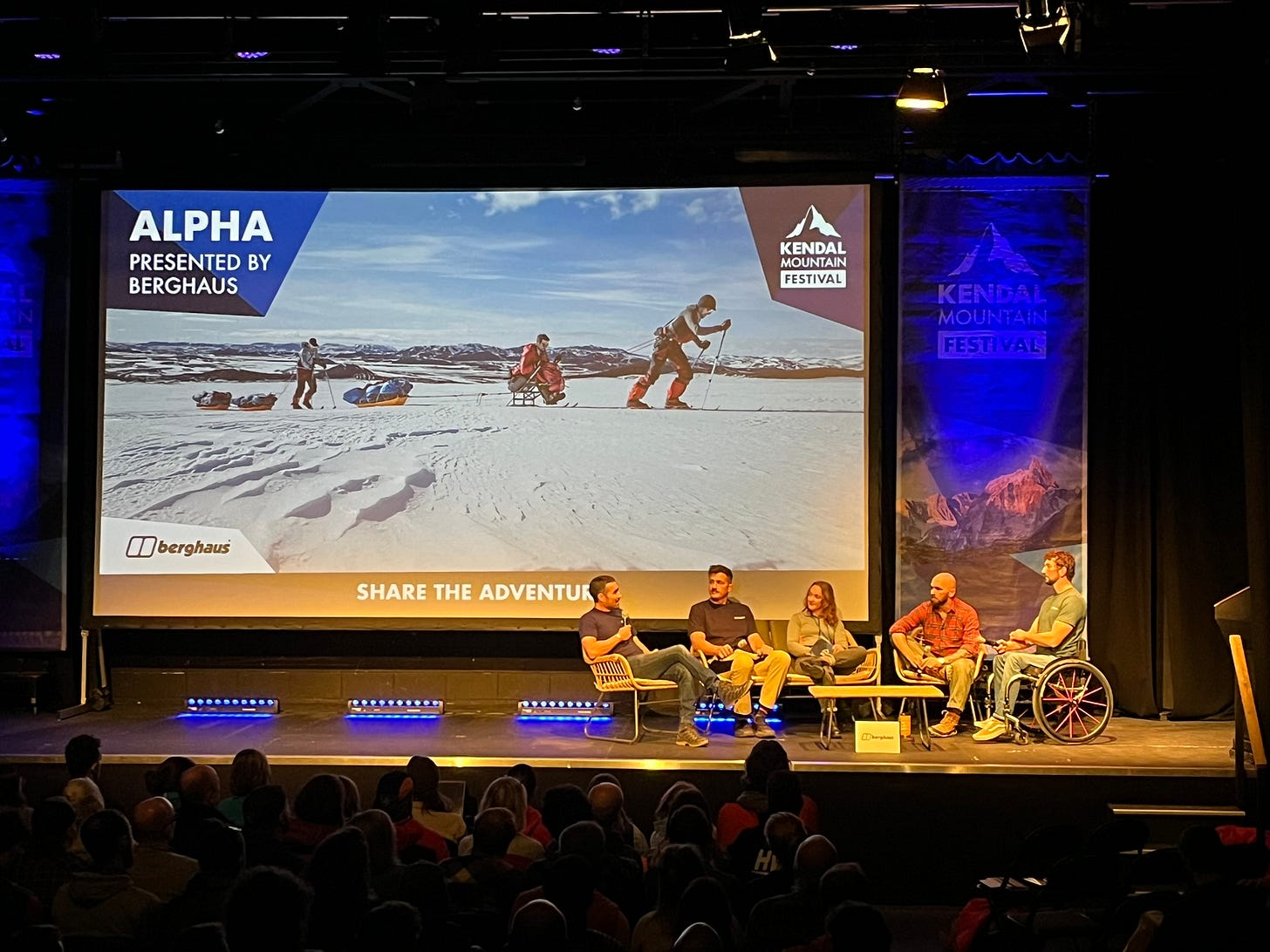I am not good at self-promotion. It’s partly why this newsletter has a brand name rather than my name and why I like to keep my circle small on social media. Self-promotion makes me feel like I’m stepping into mild narcissism territory — which of course is an overreaction and is not true.
Alas, it’s all part of business and supporting this newsletter so I’d better get used to it.
On that note - the gift-giving time of year is approaching. Buying a subscription is the best way of supporting this publication and ensuring we continue to provide material that you actually want to read; things that make you laugh, useful information, little nuggets that give you food for thought, and those articles when you think ‘finally, someone said it!’.
It is the cost of a monthly pint or a fancy hot chocolate.
If you’re new here, check the ‘about’ page and have a look at the archive for a proper run down of what we do.
You can gift a subscription to someone who would like it, and there is an offer for group subscriptions - 10% off for two or more people, organisations, and clubs to enjoy under one payment. The button below should direct you to all the options.
Running Int’ Fells
Running Int’ Fells is a fantastic exhibition about the history of fell running right from the start in the early 19th century up to the modern day.
If you haven’t yet been to The Armitt Museum in Ambleside, then go quickly as it finishes on 21 December.
Fell running is thought to have originated when shepherds and local workers would race one another across the mountainous terrain for fun. As the years went by it started to be formalised, and it was known as guide racing with those same people acting as guides for visitors in Cumbria. The first race was held in 1868.
There were no trainers back then. The guides did it in whatever they had, which was most likely boots.
The exhibition documents the history of the sport up to the modern day. It showcases various items including clothing, shoes, tankards, medals, original posters, race reports and early editions of the FRA’s Fell Runner magazine, as well as artefacts that have stood the test of time.
It also features the history of the iconic Bob Graham Round, and the fell running legend Joss Naylor.
It was the late Naylor who unintentionally started the ball rolling with the exhibition. He asked his friend Pete Todhunter, who heads the exhibition, what he should do with his old fell running paraphernalia and various newspaper clippings.
Pete organised it for him in a file, but given Naylor’s profile and accomplishments, these items - some of them going back to the 60s and 70s - were too good not to see the light of day.
As more items were gathered, collected, and donated from the fell running community, the project expanded and became a linear history of running in the fells in Cumbria.
The name Running Int’ Fells was carefully chosen to include anyone who by definition, runs in the fells so that those who feel uncomfortable identifying themselves as a ‘fell runner’ because they don’t race or aren’t part of a club, can identify with the project.
Fell runner or not, if you enjoy Cumbria and history, I’d highly recommend a visit.
Pete did a podcast about it with
, who have a brilliant historical podcast on Cumbria.Kendal Mountain Festival
It feels like ages ago, but I have finally carved out time to write a few things I heard that were good enough to share.
The film and Q&A that stuck out for me was Alpha.
It’s a film by director Matt Pycroft about three lads, Ed Jackson, Darren Edwards and Niall McCann, who have spinal cord injuries. They attempt to cross Vatnajokull in Iceland, the largest ice cap in Western Europe.
The three of them have a past in sport and mountaineering and through their injuries had to navigate the new realm of what they could achieve. The film explores disability, what it is to be ‘a man’ in the modern world and themes of masculinity.
The film was great, inclusivity was at the heart of the Q&A and no discussion topic was off-limits. Some of their quotes stuck with me because they’re applicable to all of us for our respective sports and activities.
There are a lot of polar films about men and women crossing a large patch of ice over a period of time. How do you make them stand out? Filmmaker, Pyecroft said he “doesn’t like making polar films because they’re incredibly hard to do and boring as not a lot happens.
“I didn’t want to make a film about three dudes going on a tough holiday.”
But this one was different, Jackson said, as the film’s ethos was to try to “encourage people to push their own boundaries and not compare themselves to what other people are doing.”
All of them at one point in the expedition felt like the weakest member of the team and their completion hung on one of them needing to overcome a problem or challenge. Edwards talked about them having to find ways to overcome that mindset:
“We got caught up trying to do things that other people can’t.”
Jackson explained how being disabled can make you feel frustrated by your previous life and it’s imperative to let go of that comparison. He said it’s about changing your mindset from looking at things as an achievement because of the disability and seeing it as an achievement regardless.
McCann was a mountaineer before his accident and was used to spending much of that time solo on his trips. But doing it with others on this occasion was an eye-opener for him.
He said: “You can do those things alone but to do them as a team is just marvellous.” He went on to discuss the absolute pleasure of these trips in that everything is reduced down to the basics of “getting up, ski as far as you can, sleep and repeat the next day.
“It’s wonderful to be able to reduce life down to those basic things.”
He adds: “I wanted to do it because I wanted to have fun and get that part of my life back and it worked.”
Finally, filmmaker Pyecroft, on the subject of masculinity and breaking down male stereotypes gave me some food for thought.
“We need to get rid of the word ‘conquer’ [in this context]. So many men I know respectfully summit mountains and terrain and don’t leave a trace.”







